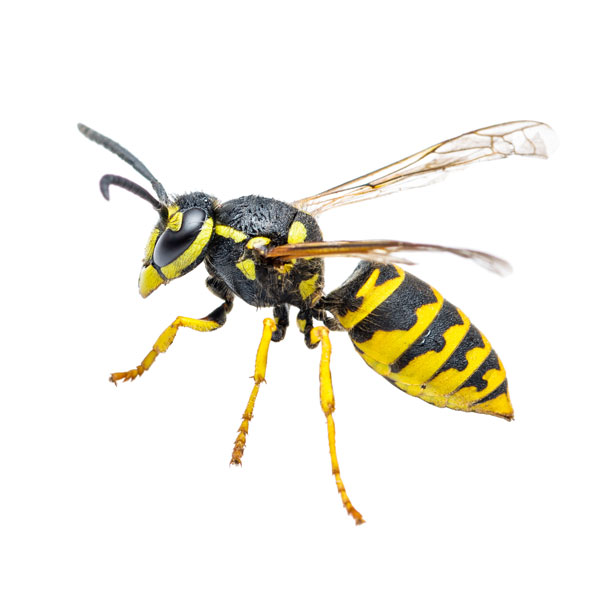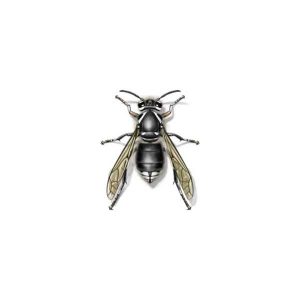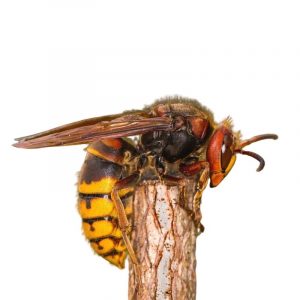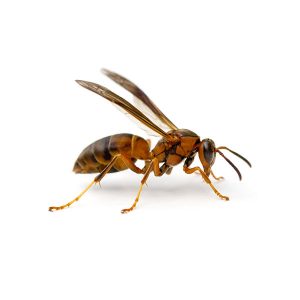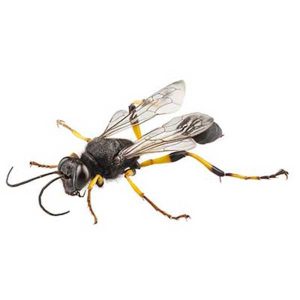Description
Yellowjackets in your area
Yellowjackets are one of the most well-known stinging insects in the United States. These pests are very common throughout the country, and they live in large colonies that can contain thousands of individuals. Yellowjackets frequently build their papery nests near human structures, which can be bothersome for home and property owners. Since these wasps can be aggressive, especially when searching for food or defending their nest, they are generally unwelcome guests.
Yellowjacket Habitat
Yellowjackets build their nests in a variety of ways. Some will nest in the ground, using old rodent burrows or building tunnels. Meanwhile, others are aerial nesters that prefer to build their homes in trees or on tall structures. Since yellowjackets nests come in such a broad spectrum, they are capable of infesting almost anywhere. Popular places for these pests include trees, wall voids, crawlspaces, attics, and siding. Adult yellowjackets primarily feed on nectar, fruit juices, and other sweet substances while larvae typically consume soft insects like flies. Yellowjackets are also most active and aggressive in the late summer and early fall months.
Yellowjacket Behaviors, Threats, or Dangers
Yellowjackets can be aggressive, particularly when defending their nest or if provoked. Additionally, yellowjacket stingers are not barbed, which allows them to sting repeatedly. For most people, these stings will only result in pain and swelling, though they can trigger serious allergic reactions in some individuals. Since yellowjackets live in large colonies and often build nests near human activity – such as in attics or landscaping features – they can be a nuisance for homeowners. If you suspect that yellowjackets are building a nest on your property, it is best to call a licensed wasp removal expert for assistance.
Need help with Yellowjacket control?
We'll call you! Leave your information below.
